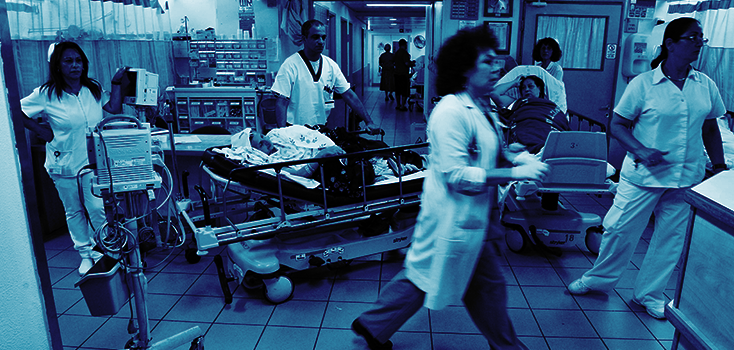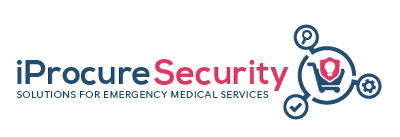
German Health Minister Spahn wants to relieve the emergency rooms
Overcrowded emergency rooms in hospitals, overworked doctors and annoyed patients: The dispute over emergency care in Germany has been smoldering for a long time. Minister of Health Spahn is now planning a new regulation.
Federal Health Minister Jens Spahn (CDU) has made a draft for the reform of emergency care in Germany and sent it to the federal states. The aim: Outpatient, inpatient and emergency rescue services, which are currently largely isolated, should be developed into an integrated emergency care system.
These are the main cornerstones of the concept:
- Joint Emergency Response Centers (GNL) are to be established, which can be reached at 112 (emergency medical service) and 116117 (medical emergency service). They are to assume a pilot function and to transfer patients to the right level of care after a qualified initial assessment. In order to change the organization of the rescue centers, it may be necessary to change the Basic Law because the rescue service is a national matter.
- In the future, the associations of statutory health insurance physicians and the hospitals will jointly operate integrated emergency centers at selected clinics, which serve as the first point of contact for emergency patients. They should be accessible at all times and decide whether patients should be referred to the ambulance service, hospital outpatient service, on-call service or doctor’s office.
- Patients should be motivated, in an emergency, to visit only those hospitals where integrated emergency centers are set up. The health insurance companies will inform their insured persons about the nearest emergency center.
The emergency care and the emergency journey required for further immediate treatment are regulated as independent medical emergency rescue services in the statutory health insurance law. In order to achieve the best possible care, the data required for further processing must be transmitted as early as possible. The appropriate hospital for each individual case is to be approached. Decisive for this is the interactive use of digital documentation and a nationwide real-time transmission of existing supply capacities by all actors involved in emergency care. The German Foundation for Patient Protection praised the approach of creating a pilot function via integrated emergency centers in the future. However, CEO Eugen Brysch also sees a need for action elsewhere: Practising physicians are often not available to patients. In the evening and on the weekend, this situation gets worst. There is an urgent need for action regarding the on-call medical duty and home visits.
There is an obvious need to catch up in the field of digitization. Emergency or first-aid apps would be more and more taken for granted as an alternative to the classic 112. Video telephony could facilitate first aid or the emergency call becomes accessible through the use of barrier-free apps.
References
Websites

